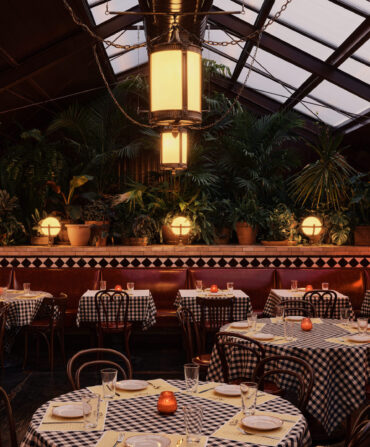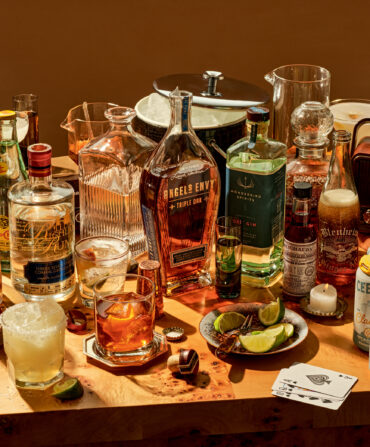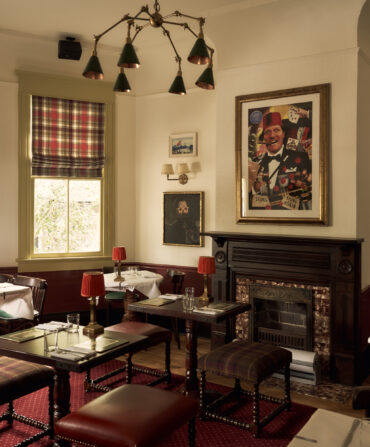Food & Drink
Seven Women Bringing Bourbon into the Future
Raising a glass to a powerhouse group of whiskey tastemakers
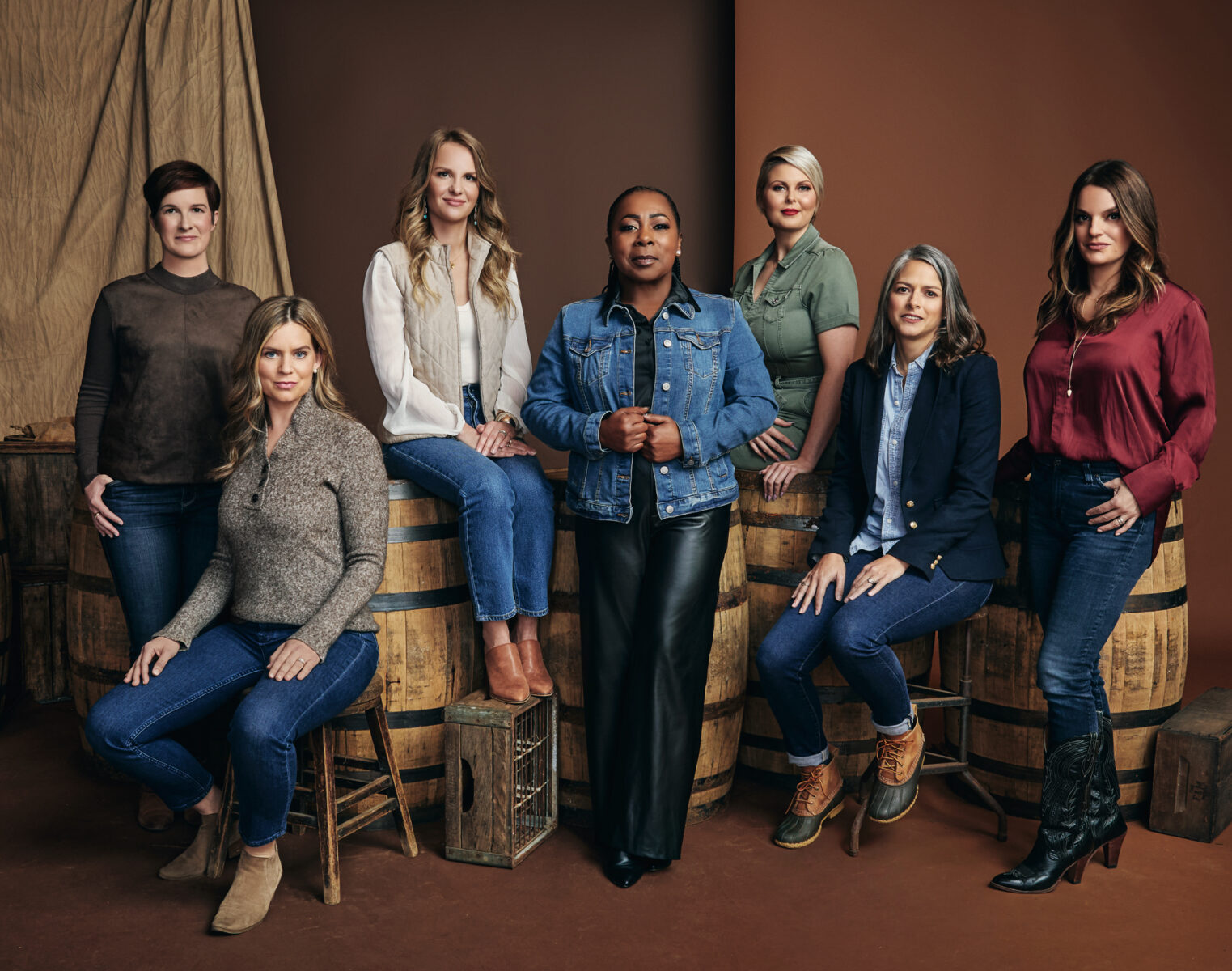
Photo: David McClister
From left: Alex Castle, master distiller of Old Dominick in Memphis, Tennessee; Elizabeth McCall, master distiller of Woodford Reserve in Versailles, Kentucky; Shaylyn Gammon, whiskey director of Blue Run Spirits in Georgetown, Kentucky; Victoria Eady Butler, master blender of Uncle Nearest in Shelbyville, Tennessee; Marianne Eaves, master distiller of Forbidden in Bardstown, Kentucky; Ann Marshall, cofounder of High Wire Distilling in Charleston, South Carolina; Heather Greene, CEO and master blender of Milam & Greene in Blanco, Texas.
After founding her eponymous spirits consulting firm, industry vet Peggy Noe Stevens started the Bourbon Women Association in 2011, building on a career that had earned her the title of first female master bourbon taster a decade earlier. The organization hosts hundreds of annual events and works to advance female involvement in brown water while busting women-and-whiskey myths, such as women want only sweeter, lower-proof pours. “Our research shows they go for the spicier, more robust bourbons,” she says.
Women aren’t just drinking more (and more complex) bourbon. Today more women are creating it. And while centuries of tradition are distilled into every drop, Stevens says innovation is currently driving the industry. “I see that quality in women,” she says, “as well as more risk-taking.”
Charleston, South Carolina’s High Wire Distilling Co., founded by wife-and-husband team Ann Marshall and Scott Blackwell, provides one example. With a devotion to ingredients rooted in Lowcountry heritage, Marshall was instrumental in High Wire’s pursuit of a nearly extinct landrace corn to create its Jimmy Red bourbon, and she, too, believes women bring innate skills to whiskey making. “A production process that requires such patience and care benefits from women’s nurturing,” she says.
Victoria Eady Butler is master blender at Tennessee’s Uncle Nearest, founded in 2017 to honor the first known Black master distiller, her ancestor Nathan “Nearest” Green. “I bring my extraordinary palate and the passion to continue the legacy of my great-great-grandfather, a legacy that lay dormant for far too long.”
For decades, the industry has made slow but steady moves in a more inclusive direction. Marianne Eaves, Kentucky’s first female master distiller since Prohibition, named her recently introduced small-batch bourbon Forbidden partly as a nod to a state law that, until the early 1970s, prohibited women from working as master distillers. But that doesn’t mean there isn’t room for improvement.
While Butler says she hasn’t personally faced challenges due to her race or gender, she knows others who have. Her solution? “We have to call out the good old boys’ club and provide opportunities for women, men, and all races, whoever wants to be in whiskey.” The Nearest & Jack Advancement Initiative, a partnership with Jack Daniel’s, provides training and resources to help people of color both enter and thrive in the industry.
Elizabeth McCall became master distiller at Woodford Reserve in 2023, the third master distiller in the company’s history and first female in the role, and she believes the pace of progress is accelerating. “Being a mother of two with a full-time job has underscored to me how well women work with multiple moving parts amid multiple responsibilities,” she says. “We are strategic thinkers. That’s why we’re seeing more women in leadership and why the industry should stay on this path. The guardrails are coming down. It’s a great time to be a woman in whiskey.”
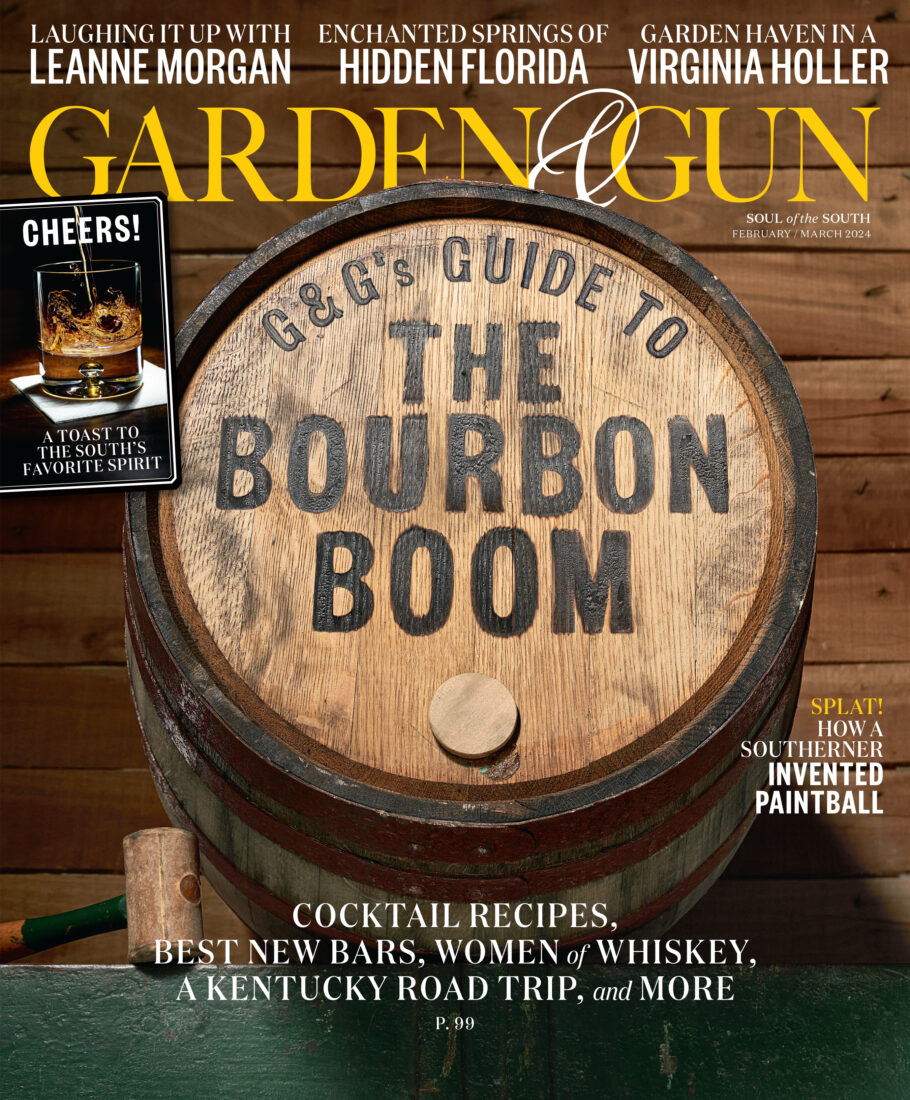
Thirsty for More?
See Nine of the South’s Best Whiskey Bars, Seven Women Brining Bourbon into the Future, and more at G&G’s Guide to the Bourbon Boom.


